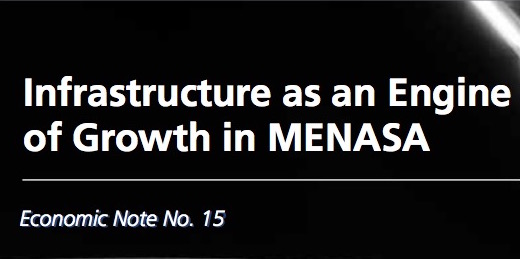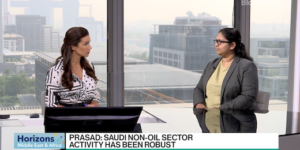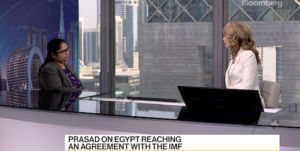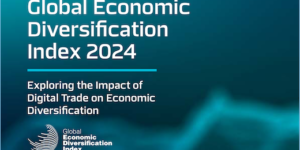https://nassersaidi.com/wp-content/uploads/2012/04/Economic-Note-15.pdf
DIFC Economic Note 15 titled “Infrastructure as an Engine of Growth in MENASA” provides a descriptive analysis of the infrastructure in the Middle East North Africa and South Asia region. Drawing from the key driving factors behind development of hard and soft infrastructure in the region, the paper also discusses the role of the public and private sector in its investment.
The MENASA region is experiencing a secular wave of transformation with two epicenters, India and the GCC. In the former, the main drivers are a “Goldilocks” demographics and the long lasting impact of reforms enacted in the 1990s by Dr. Singh (India’s current PM) are expected to solidify and extend this transformation process. In the GCC, the main driver is an energy commodity windfall that for the first time in history is not merely amassed in offshore assets, but is increasingly deployed domestically to transform the Arabian Peninsula into an advanced XXI century knowledge based economy.
Two factors will be keys to the future of the region: demographics and urbanization. With fertility rates still well above 2.2, the MENASA region will enjoy the goldilocks of an expanding labor force, while massive internal migration will feed a powerful process of urbanization. These secular waves require a massive commitment to build indispensable infrastructure to sustain the increased population and economic growth. In the two epicenters this need is well understood by policy makers, but a fundamental difference is noticeable. While in the GCC infrastructure projects are anticipating the demand and actually stimulating it (supply side effect), in the rest of MENASA the existing infrastructure are strained due to poor maintenance and intensive usage.
Investment in infrastructure sets in motion a virtuous circle: higher productivity and competitiveness translate into higher incomes and higher government revenues and in turn more public investment in a mutually reinforcing pattern, as has been the case of China over the past two decades and the GCC since the turn of the century. In the process, other positive spill-overs are felt in the form of learning-by-doing effects, efficiency gains in companies, human capital improvement, research and development in construction techniques, technology transfers and process innovation.
Governments’ role as the largest provider of infrastructure financing in the region needs to be redefined given the crisis and resultant fiscal constraints. The role of private sector needs to be enhanced through privatization and Public-Private Partnerships (PPPs). The availability of capital is a key to spur an investment cycle – given the long-gestation nature of infrastructure projects, there is a need to attract private sector funds and more importantly, a need to develop deep and liquid local currency debt markets to improve access to finance.






